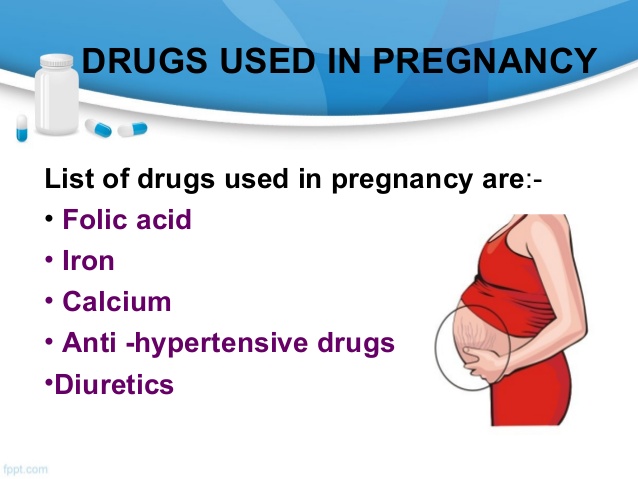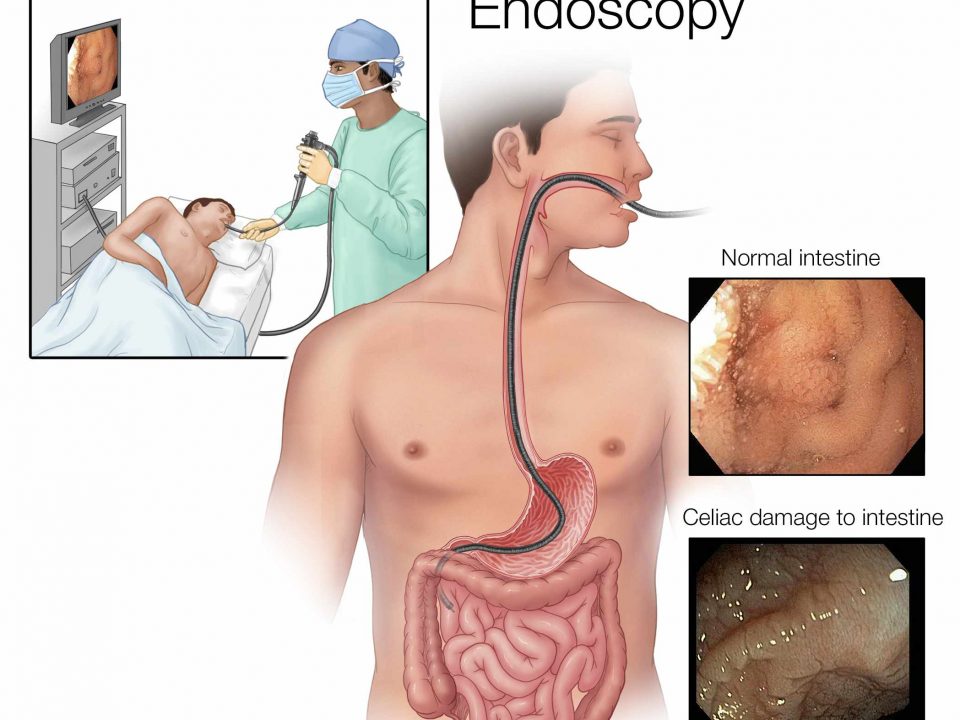
Pediatric Specialist
August 13, 2019
FDA Approved Drugs for Dermatology Drugs Approved in 2019
August 25, 20197.1 Drugs used in obstetrics
7.1.1 Prostaglandins and oxytocics
Induction and augmentation of labour
RED Dinoprostone vaginal gel 1mg and 2mg
RED Oxytocin injection 5units/mL, 10units/mL
Dinoprostone 10mg vaginal delivery system (Propess®)
Propess® (dinoprostone) 10mg vaginal delivery system is licensed and now locally approved for the initiation of cervical ripening in
patients, at term (from 38th week of gestation). It has a number of advantages over dinoprostone gel (Prostin®) and is expected to
become the product of choice for this indication where appropriate. This is in line with recommendations from NICE in its Clinical
Guideline advice on Induction of Labour which stated use of Propess® is expected to deliver downstream savings from its
preferential use over Prostin® gel.
RED Dinoprostone vaginal pessaries 10mg
Prevention and treatment of haemorrhage
RED Carboprost injection 250 microgram/mL
RED Ergometrine injection 500 microgram/mL
RED Oxytocin with ergometrine (Syntometrine®)
Prophylaxis of postpartum haemorrhage at caesarean section
Specific Patient Group in enhanced treatment pathway, restricted use for elective caesarean section.(hospital use only)
RED Carbetocin100mcg/mL (Pabal®)
Induction of abortion – Consultant only
RED Misoprostol tablets 200micrograms [unlicensed]
7.1.1.1 Ductus arteriosus
Maintenance of patency
RED Alprostadil intravenous solution 500 microgram/mL
RED Dinoprostone 1mg/mL 0.75mL amp [unlicensed]
Closure of ductus arteriosus
RED Indometacin injection 1mg
7.1.2 Mifepristone
RED Mifepristone tablets 200mg
7.1.3 Myometrial relaxants
RED Salbutamol solution for intravenous infusion 5mg/5mL
Pregnancy:
Drugs are used in over half of all pregnancies, and prevalence of use is increasing. The most commonly used drugs include antiemetics, antacids, antihistamines, analgesics, antimicrobials, diuretics, hypnotics, tranquilizers, and social and illicit drugs. Despite this trend, firm evidence-based guidelines for drug use during pregnancy are still lacking.
Regulatory information about drug safety during pregnancy
Until recently, the FDA classified OTC and prescription drugs into 5 categories of safety for use during pregnancy (A, B, C, D, X). However, few well-controlled studies of therapeutic drugs have been done in pregnant women. Most information about drug safety during pregnancy is derived from animal studies, uncontrolled studies, and postmarketing surveillance. Consequently, the FDA classification system led to confusion and difficulty applying available information to clinical decisions. In December 2014, the FDA responded by requiring that the pregnancy categories A, B, C, D, and X be removed from the labeling of all drugs.
Instead of categories, the FDA now requires that labeling provide information about the specific drug in a consistent format (called the final rule).
The information required by the FDA has 3 subsections:
Pregnancy: Information relevant to the use of the drug in pregnant women (eg, dosing, fetal risks) and information about whether there is a registry that collects and maintains data on how pregnant women are affected by the drug

Lactation:
Information about using the drug while breastfeeding (eg, the amount of drug in breast milk, potential effects on the breastfed child)
Females and males of reproductive potential: Information about pregnancy testing, contraception, and infertility as it relates to the drug
The pregnancy and lactation subsections each include 3 subheadings (risk summary, clinical considerations, and data) that provide more detail.
Effects of drug use during pregnancy
During pregnancy, drugs are often required to treat certain disorders. In general, when potential benefit outweighs known risks, drugs may be considered for treatment of disorders during pregnancy.
Not all maternal drugs cross the placenta to the fetus. Drugs that cross the placenta may have a direct toxic effect or a teratogenic effect. Drugs that do not cross the placenta may still harm the fetus by
Constricting placental vessels and thus impairing gas and nutrient exchange
Producing severe uterine hypertonia that results in anoxic injury
Altering maternal physiology (eg, causing hypotension)
For a list of some drugs with adverse effects during pregnancy, see table Some Drugs With Adverse Effects During Pregnancy. More information on a particular drug can be obtained from the in the Merck Manual.
Obstetrics and Gynecology
Drugs diffuse across the placenta similarly to the way they cross other epithelial barriers (see Drug Absorption). Whether and how quickly a drug crosses the placenta depend on the drug’s molecular weight, extent of its binding to another substance (eg, carrier protein), area available for exchange across the placental villi, and amount of drug metabolized by the placenta. Most drugs with a molecular weight of < 500 daltons readily cross the placenta and enter the fetal circulation. Substances with a high molecular weight (eg, protein-bound drugs) usually do not cross the placenta. One exception is immune globulin G, which may be used to treat disorders such as fetal alloimmune thrombocytopenia. Generally, equilibration between maternal blood and fetal tissues takes at least 30 to 60 min; however, some drugs do not reach similar concentrations in the maternal and fetal circulation.
A drug’s effect on the fetus is determined largely by fetal age at exposure, maternal factors, drug potency, and drug dosage.
Fetal age affects the type of drug effect:
Before the 20th day after fertilization: Drugs given at this time typically have an all-or-nothing effect, killing the embryo or not affecting it at all. Teratogenesis is unlikely during this stage.
During organogenesis (between 20 and 56 days after fertilization): Teratogenesis is most likely at this stage. Drugs reaching the embryo during this stage may result in spontaneous abortion, a sublethal gross anatomic defect (true teratogenic effect), covert embryopathy (a permanent subtle metabolic or functional defect that may manifest later in life), or an increased risk of childhood cancer (eg, when the mother is given radioactive iodine to treat thyroid cancer); or the drugs may have no measurable effect.
After organogenesis (in the 2nd and 3rd trimesters): Teratogenesis is unlikely, but drugs may alter growth and function of normally formed fetal organs and tissues. As placental metabolism increases, doses must be higher for fetal toxicity to occur.
Maternal factors include those that affect drug absorption, distribution, metabolism, and excretion. For example, nausea and vomiting may decrease absorption of an oral drug.
Despite widespread concern about drug safety, exposure to therapeutic drugs accounts for only 2 to 3% of all fetal congenital malformations; most malformations result from genetic, environmental, multifactorial, or unknown causes.




